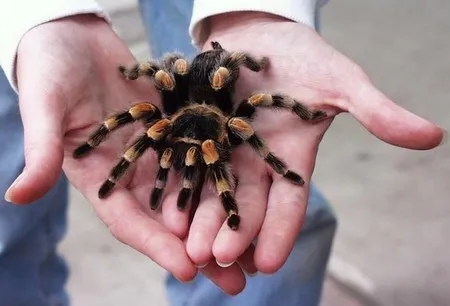Setting Up Your Tarantula’s Habitat
Caring for a pet tarantula starts with providing a suitable habitat, a comfortable and safe environment is key to your tarantula’s health and well-being. This means creating a space that mimics their natural environment as closely as possible. The habitat should regulate temperature, humidity, and provide hiding places, as well as a suitable substrate to burrow into. Proper setup minimizes stress and promotes a longer, healthier life for your eight-legged friend. The ideal habitat setup varies depending on the species of tarantula but the basic principles remain consistent. Let’s dive deeper into the specifics.
Choosing the Right Enclosure
The enclosure is the foundation of your tarantula’s home. It is a good idea to select an enclosure that is appropriate for your tarantula’s size and species, taking into account both the size and the arboreal or terrestrial nature of the spider. A well-chosen enclosure not only provides a safe space but also makes it easier to maintain the necessary environmental conditions and observe your tarantula. Glass or clear plastic enclosures are popular choices because they allow for easy viewing. Ensure the enclosure has a secure lid to prevent escapes, with appropriate ventilation to maintain air quality. The right enclosure contributes significantly to a happy, healthy tarantula.
Enclosure Size and Type
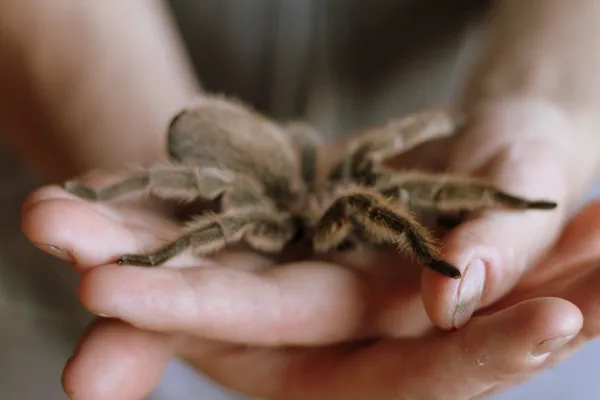
The size of the enclosure should correspond to the tarantula’s leg span and growth stage. Juvenile tarantulas should be housed in smaller enclosures to help them find their food and to prevent them from feeling overwhelmed. Adult tarantulas will require larger enclosures to accommodate their full size and to provide adequate space for movement and exploration. Consider the type of tarantula you have. Terrestrial species, which live on the ground, require more floor space, while arboreal species, which live in trees, require more vertical space. A secure, well-ventilated enclosure is the best choice to ensure your pet’s safety.
Substrate Selection
The substrate serves as the flooring of your tarantula’s habitat, and it is essential for maintaining humidity, allowing the tarantula to burrow (if it is a burrowing species), and providing a naturalistic environment. The substrate should be deep enough for burrowing species to dig their burrows and provide a buffer from temperature fluctuations. Common substrate options include coconut fiber, peat moss, and a mixture of potting soil and sand. Avoid substrates with sharp edges or those that can easily mold. The right substrate helps your tarantula feel secure and promotes their natural behaviors.
Humidity and Ventilation
Tarantulas need the right humidity levels to molt properly and to stay healthy. The humidity requirements vary depending on the species. Monitor humidity with a hygrometer, and adjust the enclosure’s moisture levels to suit the tarantula’s needs. This can be achieved by misting the enclosure with water, providing a water dish, or adjusting the substrate. Ventilation is also critical. Adequate ventilation prevents the buildup of mold and stale air, which can be detrimental to your tarantula’s health. Ensure the enclosure has ventilation holes and a good airflow, but avoid drafts.
Providing Hides and Decorations
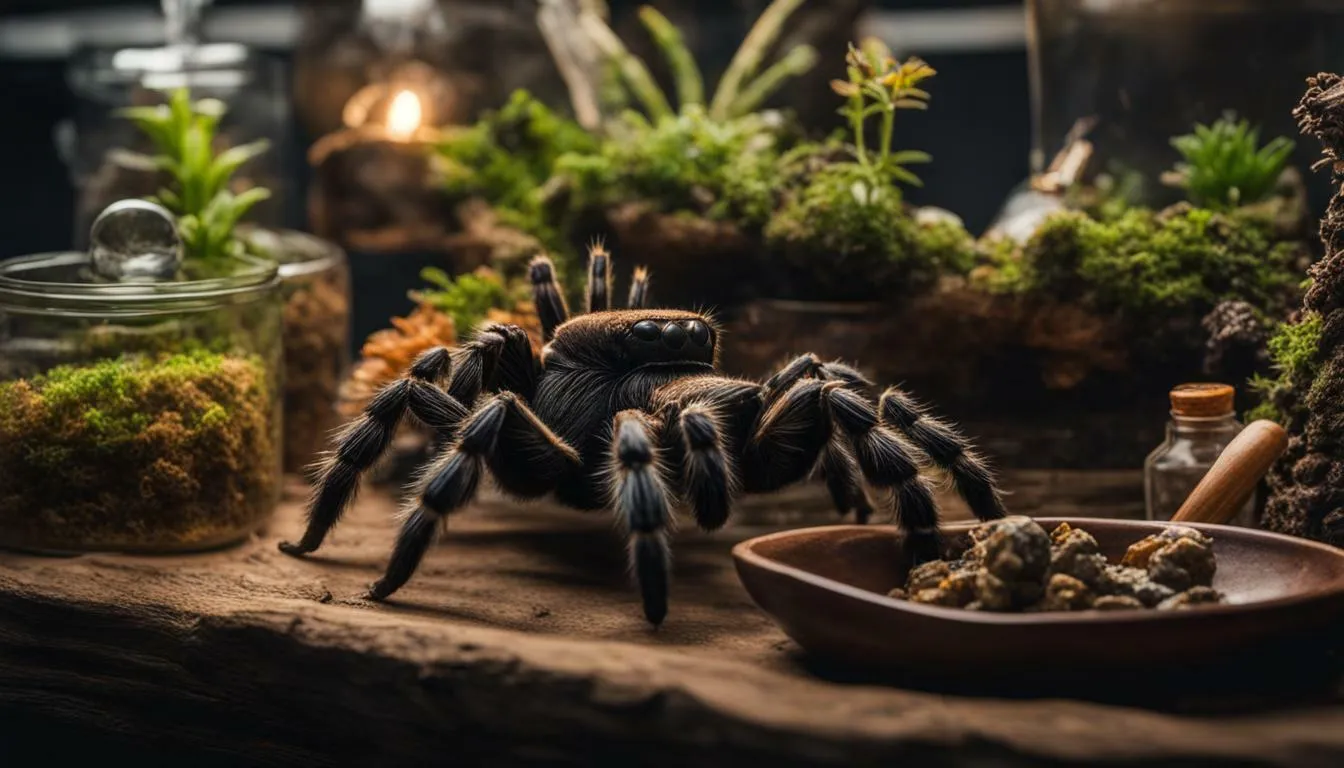
Tarantulas are shy creatures and they appreciate having places to hide, which makes them feel safe and secure. Provide hides, such as cork bark, half logs, or artificial caves, for your tarantula. These hiding spots will also help your tarantula with molting. Decorations also add enrichment to the habitat. You can add plants, fake or real, and other safe decorative items. Make sure all decorations are non-toxic and free of sharp edges or potential hazards. A well-decorated habitat enriches the tarantula’s environment and reduces stress.
Feeding Your Tarantula
Feeding your tarantula is a crucial aspect of tarantula care and it affects their health, growth, and overall well-being. Understanding the right food choices and feeding frequency will help you keep your tarantula healthy and thriving. Live insects are the staple diet for most tarantulas, and the size of the prey depends on the size of your spider. Always provide fresh water in a shallow dish and monitor your tarantula’s feeding habits. Proper feeding ensures your tarantula has the energy and nutrients it needs to live a long, healthy life.
What to Feed Your Tarantula
The diet of a tarantula mainly consists of live insects. Crickets, mealworms, roaches, and other insects are popular choices. The insects should be appropriately sized to prevent your tarantula from being overwhelmed or injured. Variety in the diet is also beneficial. You can occasionally offer different types of insects to provide a range of nutrients. It’s crucial to avoid wild-caught insects as they may carry parasites or pesticides. Ensure all insects are gut-loaded with nutritious food before feeding them to your tarantula.
Frequency of Feeding

The feeding frequency depends on your tarantula’s age, size, and metabolism. Spiderlings, or young tarantulas, need to be fed more often. Adults can eat less frequently. Observe your tarantula’s feeding behavior, and adjust the frequency accordingly. A tarantula that refuses food might be about to molt or may be stressed. Remove any uneaten prey within 24 hours to prevent them from bothering your tarantula. Always make sure fresh water is available.
Water and Hydration
Fresh, clean water is essential for your tarantula’s health. Provide a shallow water dish with clean water at all times. The water dish should be shallow to prevent drowning, especially for smaller tarantulas. You can also mist the enclosure to increase humidity, which will help your tarantula stay hydrated. Regularly check the water dish to ensure it’s clean and that there is no substrate or debris in the water. Always ensure the water source is readily available.
Handling and Safety
While tarantulas are not typically aggressive, handling them involves risks. Understanding when and how to handle your tarantula will ensure both your safety and the spider’s well-being. Not all tarantulas enjoy being handled, and some species are more prone to being defensive. It’s important to know your tarantula’s temperament and behavior. Safety is paramount, so it’s important to approach handling with care and caution. Safe handling practices and the knowledge of your tarantula will contribute to a better experience.
When to Handle
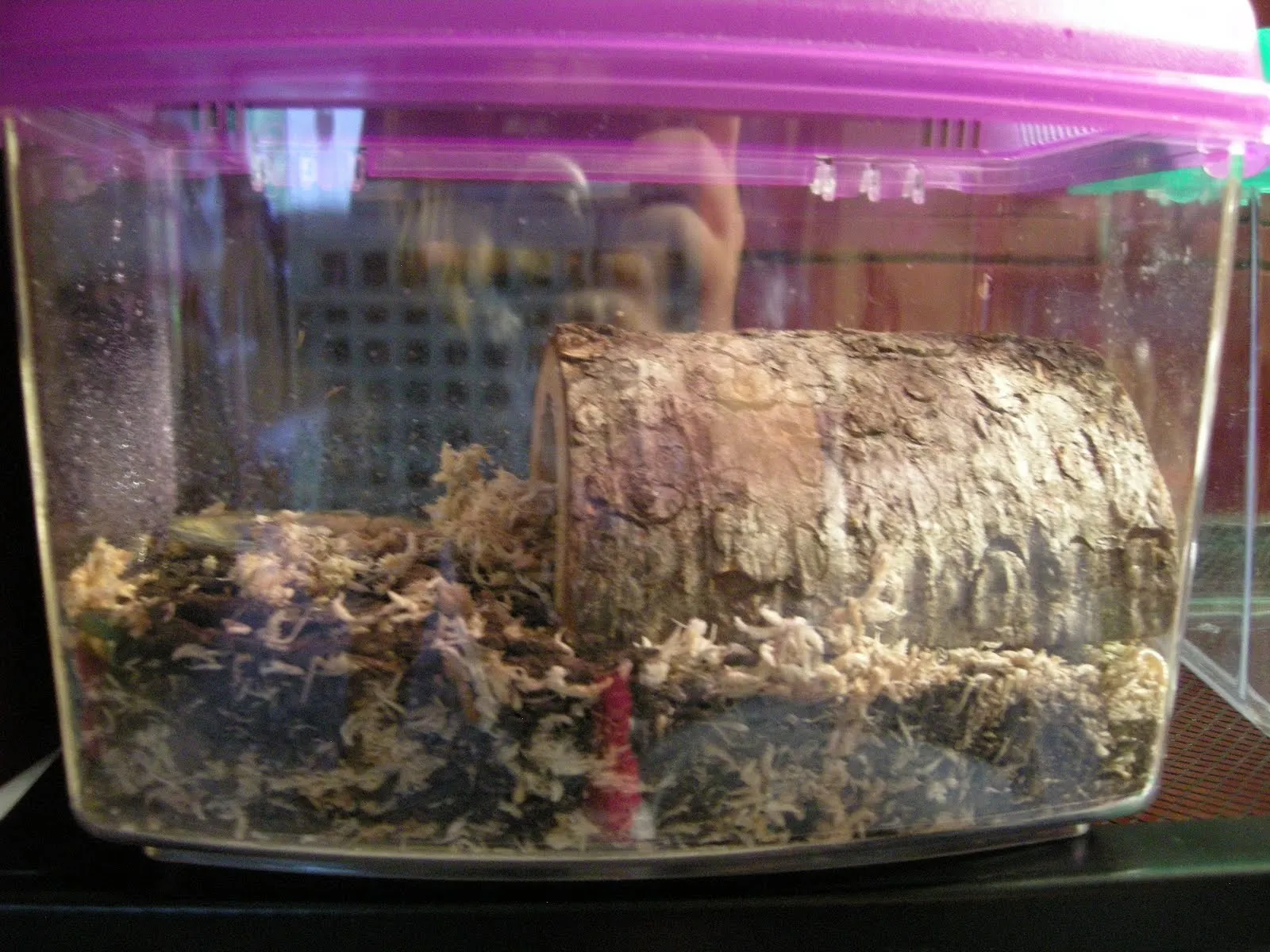
Handle your tarantula only when necessary, if you need to move it for enclosure cleaning or for medical reasons. Frequent handling can stress your tarantula. It is best to avoid handling during molting, as they are particularly vulnerable at this time. Some tarantulas may be more amenable to handling than others. Always observe your tarantula’s behavior before attempting to handle it and consider if it appears stressed. Before attempting to handle your tarantula, make sure you fully understand your tarantula’s temperament and behavior.
Safe Handling Techniques
If you choose to handle your tarantula, do so with care. Handle your tarantula over a soft surface, such as a bed or carpet, to minimize injury in case it falls. Gently coax the tarantula onto your hand or let it walk onto your palm, instead of grabbing it. Avoid sudden movements and loud noises, which can startle the tarantula. Always wash your hands before and after handling your tarantula. Be aware of defensive behaviors like leg-raising, which indicates the tarantula feels threatened, and respect this behavior by placing the tarantula back in its enclosure.
Recognizing a Stressed Tarantula
Knowing how to recognize a stressed tarantula is crucial for their well-being. Signs of stress include: flicking hairs from the abdomen, a defensive posture (lifting front legs), a refusal to eat, and hiding constantly. If you observe these signs, it is best to leave the tarantula alone. Provide it with a comfortable, secure habitat and ensure that all environmental conditions are optimal. Minimize any disturbances and let your tarantula acclimate to its environment. If the stress persists, consult an expert for guidance.
Cleaning and Maintenance
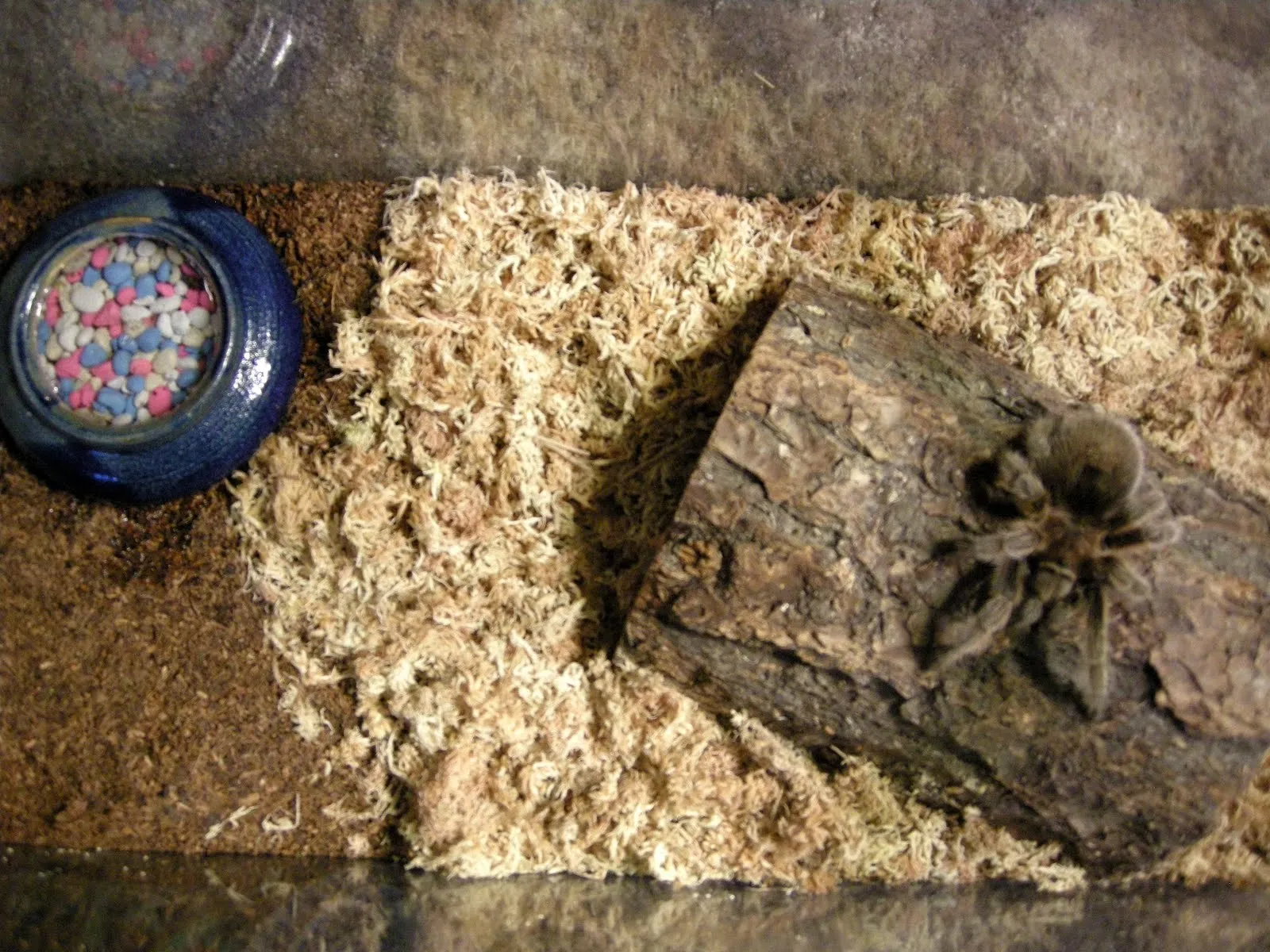
Regular cleaning and maintenance are essential for keeping your tarantula’s habitat healthy and hygienic. This involves spot cleaning and full enclosure cleaning. Routine maintenance will help prevent the buildup of bacteria, mold, and other potential health hazards. It is a good practice to have a maintenance schedule to ensure your tarantula’s well-being. This also allows you to check your tarantula’s condition, and the condition of the enclosure. Cleaning helps the tarantula stay healthy.
Spot Cleaning Your Enclosure
Spot cleaning should be performed regularly, ideally every few days. Remove any uneaten food, dead insects, and waste products. Use a pair of tongs or a similar tool to remove the waste. Clean up any spilled water or substrate to maintain a clean environment. During spot cleaning, also check for mold or any unusual growth, and address it immediately. Spot cleaning prevents the accumulation of waste and helps in maintaining a clean and healthy habitat.
Complete Enclosure Cleaning
A complete enclosure cleaning should be performed periodically, typically every few months or as needed. Remove the tarantula from the enclosure and place it in a secure temporary container. Remove all the substrate and discard it. Clean the enclosure thoroughly with warm water and a mild, pet-safe disinfectant. Rinse the enclosure well to remove any traces of the disinfectant. Allow the enclosure to dry completely before re-introducing the clean substrate and returning your tarantula to its habitat. This comprehensive cleaning helps prevent the buildup of bacteria, maintains the environment, and ensures your tarantula’s health.
Dealing with Molting
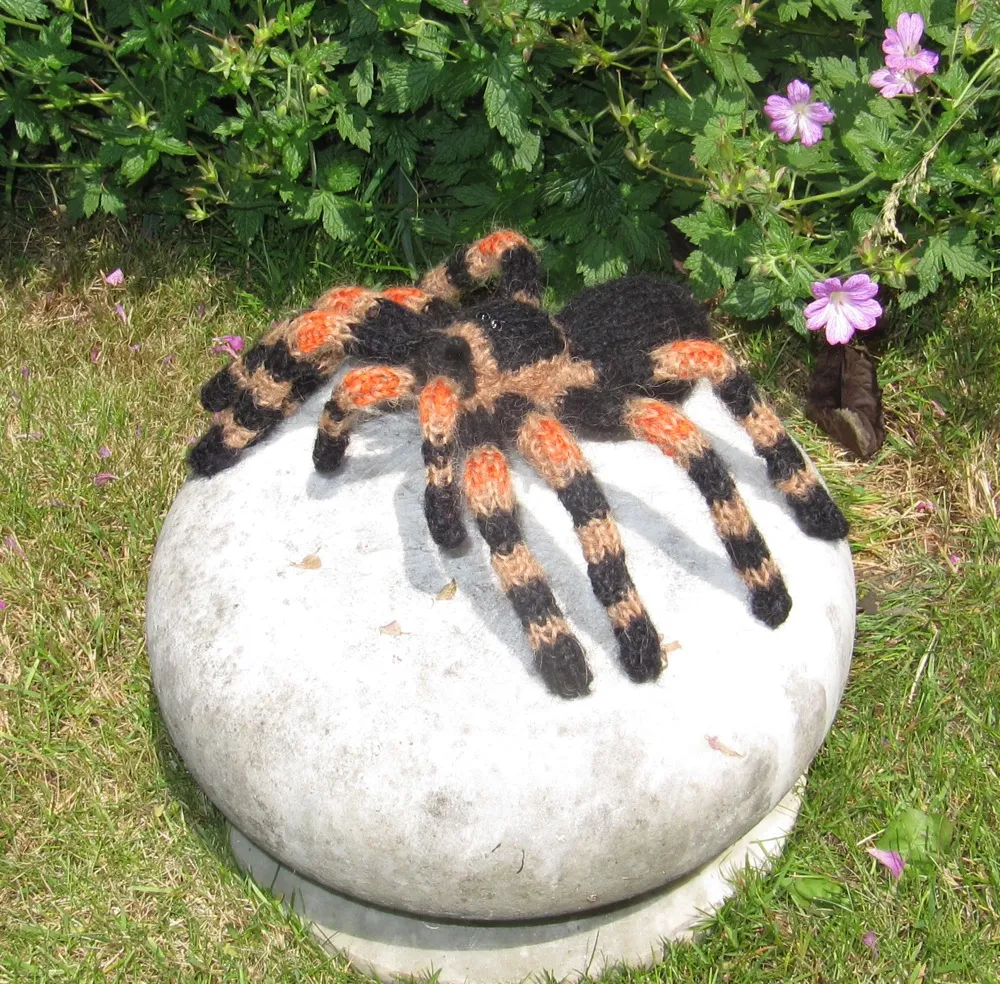
Molting is a natural process where tarantulas shed their exoskeleton to grow and regenerate. Understanding the molting process and providing the right care is important for the health of your tarantula. The frequency of molting depends on age and growth rate. During this process, your tarantula will be very vulnerable and will need a stress-free environment. Being aware of the molting process will help you keep your pet tarantula in good health.
Before a tarantula molts, it will typically stop eating and may become less active. It might also create a web mat to prepare for molting. The tarantula will lie on its back during the molting process and will shed its exoskeleton. After molting, the tarantula will be soft and vulnerable for several days. Do not feed your tarantula until its fangs have hardened. Provide a humid environment during the molting process. Avoid disturbing your tarantula during this time. Molting is a sign of a healthy, growing tarantula.
Caring for a pet tarantula can be a rewarding experience. By setting up a proper habitat, feeding your tarantula appropriately, understanding safe handling practices, maintaining the enclosure, and knowing about the molting process, you can provide a happy, healthy life for your tarantula. Proper care involves a good understanding and dedication, and your tarantula will thrive under your care.
